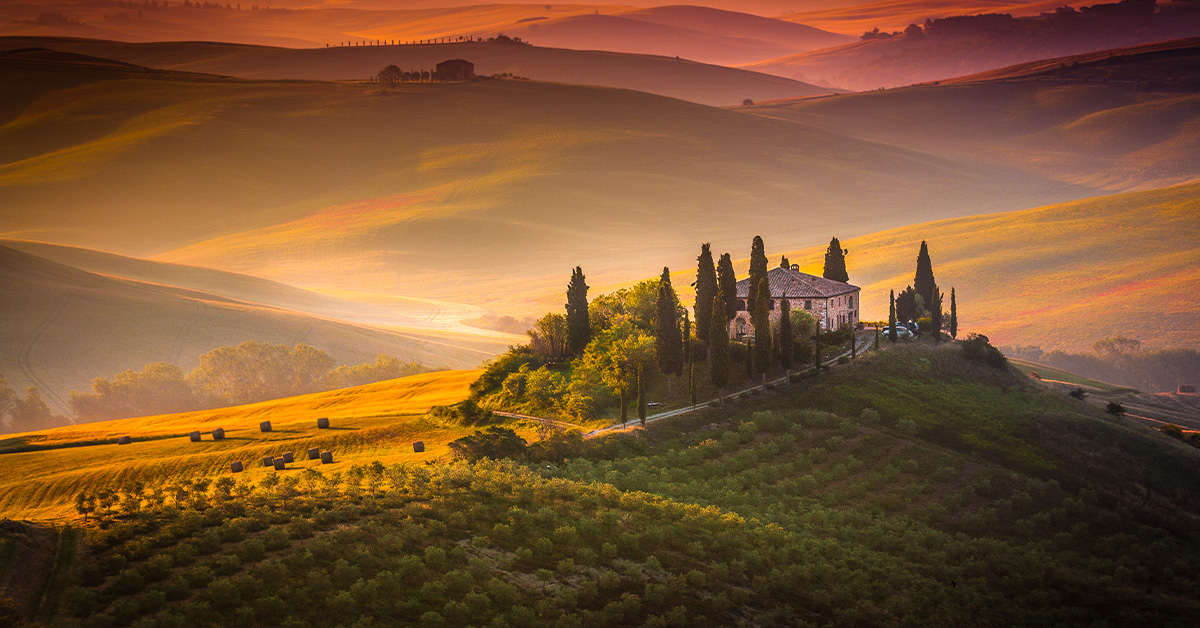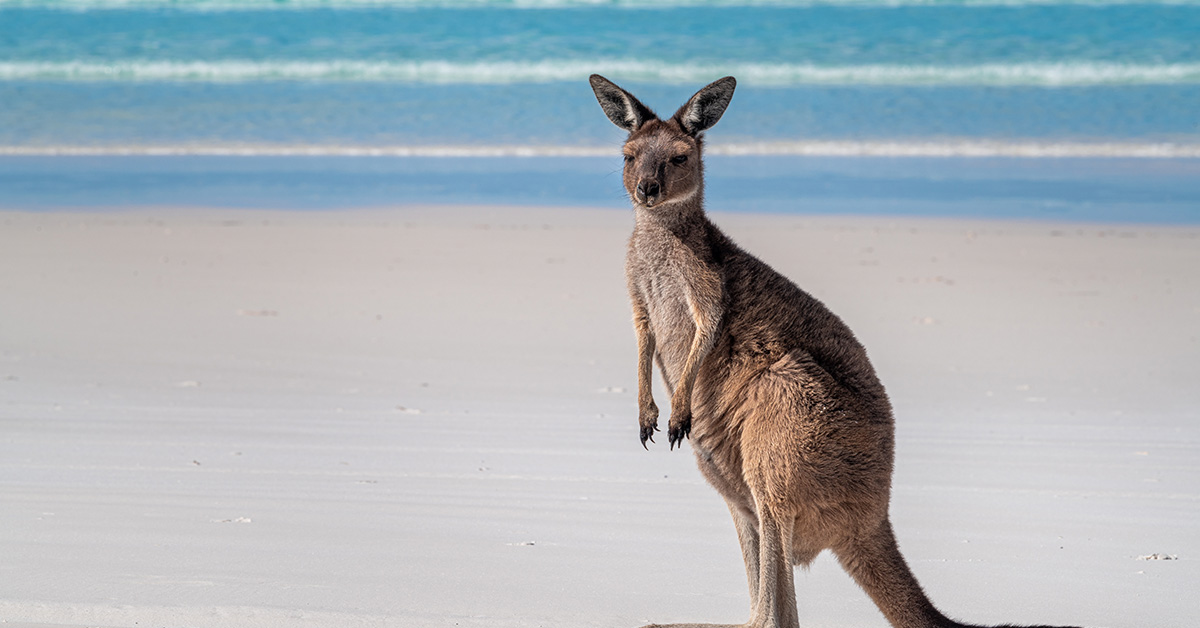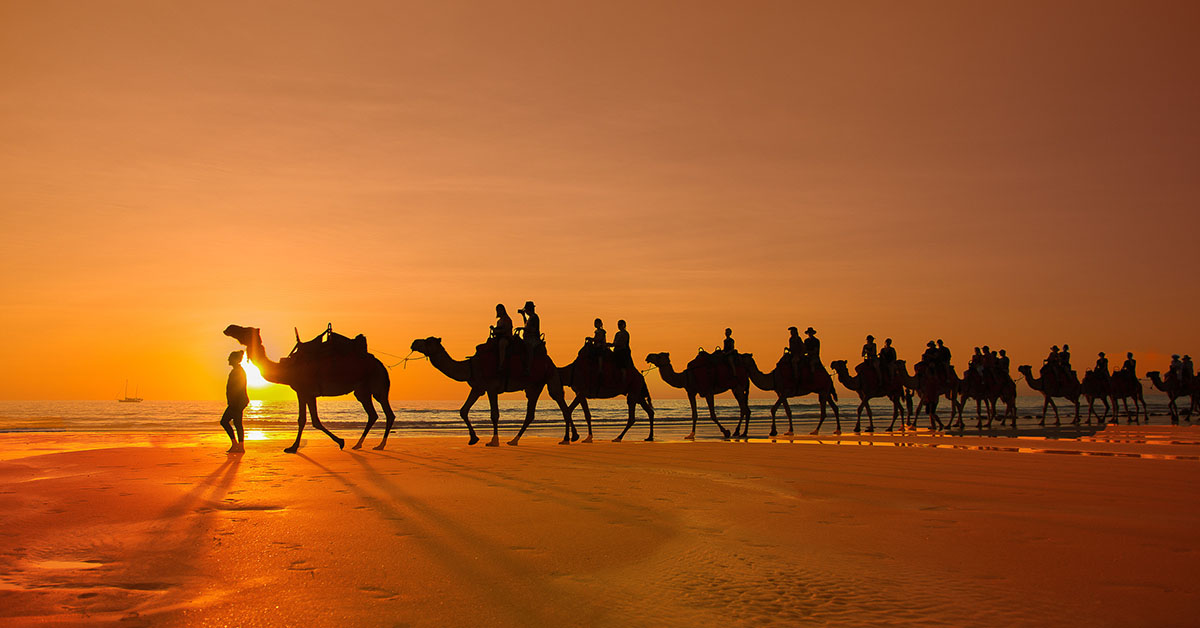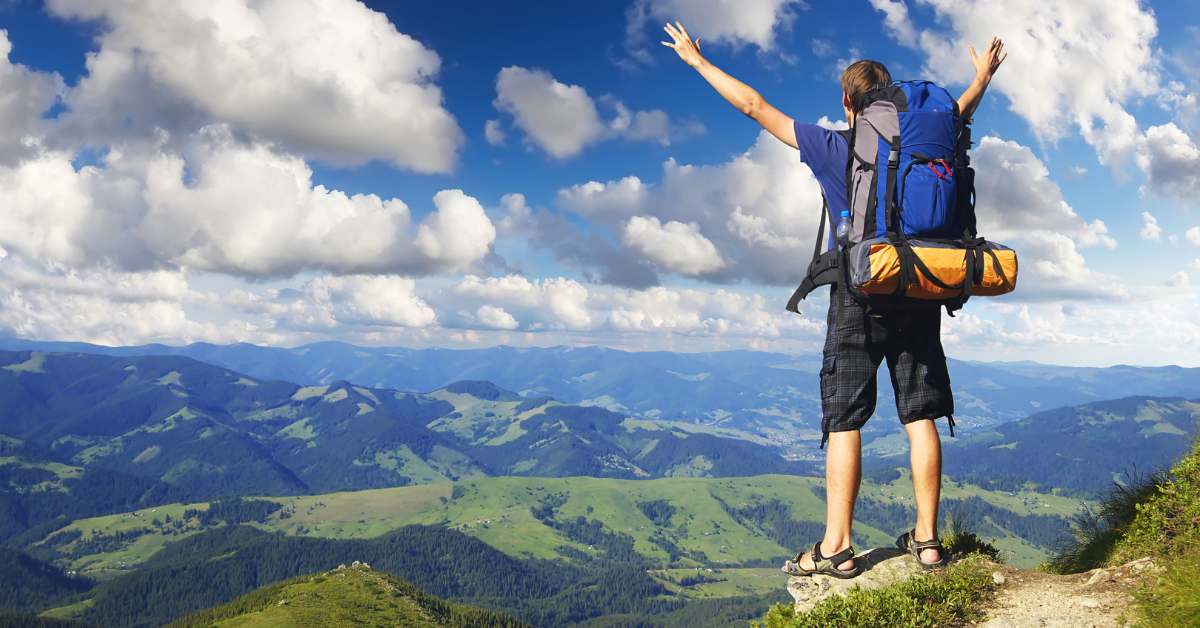Ever felt that tug, that yearning for something real? We all do. In a world saturated with mass-produced everything, we crave authenticity – that feeling of genuine connection, a sense of place, and a taste of something true. And that’s where a good brand story for your farm stay really shines. It’s not just about providing a place to sleep; it’s about cultivating a relationship, creating an experience, and offering something that resonates on a deeper level. It’s not just about the “what” – it’s about the “why.” Today, we’re gonna dig into the art (yes, it’s an art) of crafting a compelling brand story for your farm stay, showing you how to attract guests who genuinely connect with your values, and to build a business with staying power. We’ll look at both sides of the fence – the real benefits and the potential potholes along the way – so that you can be successful.
The Power of Storytelling in Agritourism
Before we get into the nitty-gritty, let’s take a moment to address the why. Why is storytelling so powerful?
Well, for starters, it’s fundamental human nature. Remember those campfire tales? Humans have always learned, connected, and shared experiences through stories. That’s been happening since we could grunt. In fact, storytelling is far more powerful than just dumping out a bunch of facts because stories speak to our emotions and create lasting memories. They have the ability to draw people into your world and help them feel as though they are already a part of it. This is the magic that brings customers to you.
And let’s face it, the modern traveller? They’re not just looking for a bed; they want authentic experiences. They’re looking for something different, a way to disconnect from the noise and connect with nature and a simpler pace of life, to be seen as a person, not just a number. And frankly, they’re willing to pay more if you can offer them that. Farm stays are in a unique position to tap into that growing desire, offering a break from the hustle and bustle and something that feels real and meaningful. It’s an experience, not just a transaction.
But, it’s more than just a place to sleep, or even a beautiful location. It’s about how you make them feel. We’re talking about that intangible spark that a story can give you that will help your place feel special. When you’re crafting your brand story, think about how you can show, not just tell, what makes your farm stay more than a simple B&B. Highlight the unique experiences you can offer, whether it’s farm-to-table dining, hands-on activities, or that deep connection with nature that you offer. These small details, combined with an interesting narrative, are what makes you memorable and gives you value. It’s what builds your brand.
Crafting Your Farm Stay Brand Story
So, how do you go about creating a compelling story for your farm stay? Don’t worry – it’s not as complicated as it sounds. Let’s look at some of the key ingredients:
- Laying the Foundation: Key Elements: Start by digging deep for authenticity. What is it that makes your farm unique? Is it a heartwarming story about your family history, a passion for sustainable farming, a tradition you uphold, a unique set of values, or something else that is particular to your business? Your story needs to come from a place of genuineness, from that unique spark that only your farm has. It’s okay if it’s a bit rough around the edges, or if it has elements of struggle, in fact, those elements will make the story more human and relatable. When thinking of the building blocks of your brand story, remember, show, don’t just tell. This isn’t just about reciting a list of facts – it’s about creating a world people want to step into.
- Building an Emotional Narrative: Once you know the foundation of the story, focus on creating connections through emotion. What are the hopes and dreams of your ideal customers? How can your farm stay help fulfil those desires? We’re not just selling a stay on a farm; we’re selling connection, relaxation, adventure, and all of those other good feels that people crave. Share those emotions, and you’ll draw potential customers into your world. A great brand story has a mix of struggle and triumph, of learning and overcoming – it should help your customer connect with you, and with the emotional benefits of your business.
- Incorporating Visual Storytelling: And while you’re creating that story, remember: show, don’t tell. Your website and social media channels need high-quality, authentic photos and videos that bring the farm to life. It’s not just about a nice picture, it’s about the lighting, framing, and composition – so skip the quick snaps on your phone and take the time to do things properly. Think about using videos to offer a more immersive experience, and to visually show your story in action. You’re selling an experience, not a product, so your visuals need to communicate that. For those of you who are feeling overwhelmed by this, you may want to check out our article, “Lights, Camera, Bookings! How Killer Photos Transform Your Tourism Website (and Your Bottom Line)” for more detailed tips on getting this right.
- Multiple Channels: You’ll also need to think about all the channels where you tell your story, and make sure your message is consistent and cohesive. It’s not just about your website – it also needs to be reflected on your social media, email marketing, and even how you talk about your farm when you’re out and about. You want people to immediately identify your brand and understand all the different elements that go into it.
Now, to give you a bit of a practical example, imagine a small family-run farm stay. Let’s call it “Sunny Acres.” The owners might share how their grandparents started the farm with just a few acres and a dream, and how the family has always focused on sustainable farming practices and a strong connection to the land. The pictures they share online aren’t glossy, professionally styled shots, but genuine, authentic pictures of farm life. They might also share a video of them baking bread or feeding the animals, making their potential customers feel like they are there with them. This approach will help create a strong connection with a specific type of customer who is drawn to that specific kind of narrative.
Practical Application: Marketing Channels and Tools
Okay, let’s get real for a second: how do you actually get your story out there? How do you actually implement this?
- Social Media as a Starting Point: Facebook is a great place to start, especially if you’re on a tight budget. It’s low cost and has a huge audience, so you can get your story out to a wide variety of people. Now, we need to use this method well, and not simply rely on sharing a bunch of links and photos. Use engaging prompts, ask questions, and encourage interaction with your potential customers. You can also use video to show the experience of the farm, and make people feel like they are there with you (Belova, 2021). You can use Instagram for similar reasons, with an added focus on that visual storytelling. Remember that Facebook is the most popular social media for Agritourism, so it is a good place to begin.
- Website as the Hub: Your website is the central point for everything you do online, and it needs to be more than just a pretty picture. It should be user-friendly, clear, and visually appealing, providing all of the practical information that potential customers need. Make sure you’ve got a clear “About Us” page, a consistent brand message, and testimonials from happy clients. It’s the main place that should reflect your core values and the customer experience, and it should be a central source for all other marketing activities.
- Email Marketing: Email is another great way to stay in touch with potential customers, and you should use your brand story to build strong, lasting relationships. Rather than just spamming your list with promotions, use your newsletter to share information about your farm, connect with potential customers through storytelling, and to inspire and excite them about a future visit. Your email list is gold when it’s used well.
- The Role of Influencers: Think about partnering with relevant influencers to help you extend your reach, and connect with people who might be genuinely interested in your offering. Don’t just partner with anyone, seek out those with an audience aligned with your values of authentic, sustainable and ethical agritourism, and you’ll be more likely to find a receptive audience. For more practical guidance on how to use influencers, take a look at our article, “Boost Tourism Bookings with Social Proof”.
Addressing Common Concerns & Challenges
Okay, I’m not naive. I know that you might have some legitimate concerns. Let’s tackle a few:
- Time & Resource Constraints: I hear you; you’re already busy running a farm. You can’t just drop everything to become a social media guru overnight. Start small, focus on one or two marketing channels at a time, and build on that in the future. It’s about progress, not perfection. The key here is to plan for long-term growth, and even if you can only create a few pieces of content per month, that’s far better than not getting started at all.
- Fear of Inauthenticity: This one is really important: don’t try to be something you’re not. Stick to what’s real, stick to your core values, and your unique story. It’s okay if it’s a little rough around the edges, and it’s completely okay to be vulnerable. The more genuine you are, the more your audience will connect with you.
- Difficulties in measuring ROI: I know what you’re thinking, “What’s the ROI on this?” Well, the impact of stories can be a little tricky to measure. It’s not always as simple as ‘I spent this much, and I got this many sales’. Think about it as building a brand and an audience, not simply as a direct response to an ad. Keep track of brand engagement, word-of-mouth recommendations, and repeat business. You can also monitor website visits, social media engagement, and online reviews. These will all paint a more complete picture of the value of your storytelling, even if it doesn’t all translate directly into sales.
- The Need for Tech Skills: Don’t let the fear of technology hold you back! You don’t need to be a digital expert to tell your story. If you’re starting out, simply using social media to post photos and write a short paragraph or two is a great way to begin. You’ll want to level up eventually, but you can start simple, and work your way to becoming a master.
- “A Farm is Just a Farm” Mentality: If you’re thinking ‘a farm is just a farm’, I’m here to tell you, that’s just not true. Your farm stay isn’t just a place to sleep – it’s a connection to the land, a unique experience, and an opportunity to create something special. The stories about your farm’s people, culture, processes and the unique aspects of your offering are what people connect to – not just the basic commodity of accommodation. It’s your story that matters.
The ROI of Storytelling: Why Invest?
I’m a big believer in metrics, and you might be wondering if all of this effort is really worth it. Well, here’s the thing: storytelling has a huge ROI, it’s just often difficult to measure in simple dollars and cents. It’s not always as easy as simply saying “I spent this much, and I got this many sales” (although you should be measuring that too!). Think of your brand story as building your foundation, creating brand awareness, establishing customer loyalty, and attracting people who actually share your values. That means better clients, a higher value for the service you offer, and stronger brand equity for the future. Plus, it makes you more likely to attract investment, partnerships, and those repeat customers that are the foundation of a great business. It’s about more than simply existing – it’s about creating a thriving, sustainable business for the future.
In closing
Crafting a compelling brand story for your farm stay isn’t about complicated marketing tricks; it’s about sharing who you are, why you do what you do, and why that matters. It’s about making a genuine connection and offering an experience that people will cherish, remember, and share with others.
I know this can be a bit overwhelming to think about, but don’t let that stop you from making a start. Your farm has a unique story to tell, and those stories matter. Start exploring and sharing your story today.










